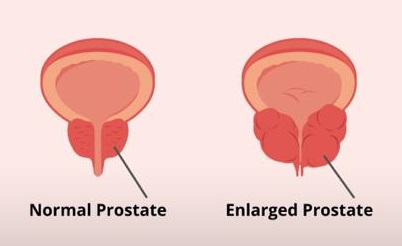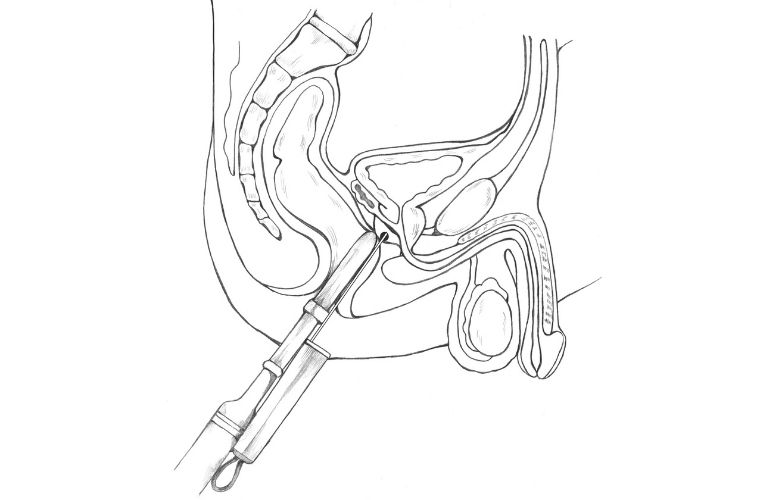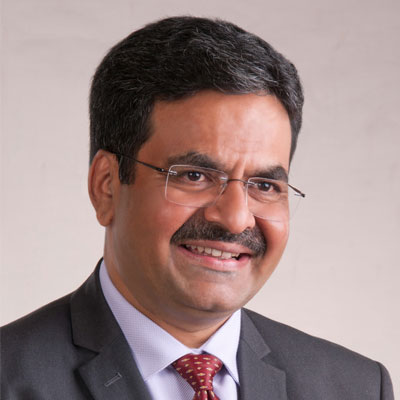BPH or Benign Prostatic Hyperplasia is the enlargement of prostate due to hormonal changes after the age of 40, in males. Several effective treatment options like Medical Management, Surgical Options like Bipolar Enucleation, Bipolar T.U.R.P., T.U.B.E. (Trans-Urethral Bipolar Enucleation) are offered at Aashray.

The prostate gland is present in all males. With advancing age, as the hair grows white and the eyes develop a cataract, so too does the prostate gland enlarge.
It is the size and shape of a walnut and is situated around the urethra, at the base of the bladder. It produces prostatic fluid (part of the semen in which sperms travel).

When the prostate gland starts to enlarge due to hormonal changes after the age of forty, it is called BPH or Benign (non-malignant) Prostatic Hyperplasia (enlarged). BPH doesn’t always cause a problem. In some cases, men have an enlarged prostate and don’t know about it; however, in other cases, swelling causes the problem.
The enlargement of the prostate is a slow and painless process and all it does initially is cause poor urinary stream. Therefore, unfortunately, as it doesn’t cause any pain, many people don’t recognize this in time, or even when they recognize it, they don’t seek urological help considering it is an age-related process. Thus, often they approach a urologist very late when a lot of urine is retained in the bladder or they can’t pass urine at all or till the kidney is damaged badly.

In about 80% of people, the prostate gland enlarges outwards, wherein it doesn’t compress the urethra.
In the remaining 20% of people, the prostate swells in an inward direction, causing obstruction to the urinary stream. This can lead to urinary retention, bladder stones, urinary incontinence, or even kidney damage if left untreated.
Dr. Ashit Shah, MB, MS, DNB(Urology), DLU(France), has listed symptoms of BPH. They are as follows -
During the health checkup, the following tests will be taken to arrive at a diagnosis -
Not everyone with an enlarged prostate needs surgical treatment to remove it. Some may be candidates for medical management while some may not require any kind of treatment at all even if their prostate is enlarged. A mere enlargement of prostate on sonography is not an indication for treatment. It is also important to know whether it is an obstructive enlargement or not, which can be known by Uroflowmetry test.
Surgical treatment or removal is needed only when the prostate is obstructive.
A person with an enlarged prostate but without much symptoms and a normal urine flow (non-obstructive prostate) will require no active treatment.
A person with an enlarged prostate having bothersome symptoms but normal urine flow (non- obstructive prostate) will be a candidate for medical management.
A person with obstructive prostate (abnormal urine flow on uroflowmetry) needs surgical treatment even if he has no/minimal symptoms.
In non-obstructive enlarged prostate, the patient is prescribed medicines that help reduce his symptoms and improve his urine flow. However, it should be borne in mind that these drugs do not remove the prostate and they have to be taken for a long time (sometimes life long) as symptoms may recur once medicines are stopped.
Typically, the surgical options vary from Open surgery to Bipolar Enucleation of prostate. Let’s see each of them one by one.
For all the surgical treatments for BPH, you can expect the following -
Traditionally, the prostate is removed by open surgery which required a hospital stay of a minimum of 7-10 days and had considerable morbidity in the form of pain, bleeding, infection etc., and a higher mortality rate. Open surgery is rarely indicated and even huge prostate glands (100 gms or more) can be safely removed with the latest techniques like Bipolar T.U.R.P. and Bipolar Enucleation.

Many laser surgical options have been tried out for the prostate but none has been successful. Nowadays, holmium laser is being promoted as standard therapy for BPH but it is not internationally accepted as it’s not efficient as T.U.R.P. Also, it is a lengthy surgery as compared to T.U.R.P. and it causes a lot of dysuria post-operatively. Many times, there is no resected prostate tissue available for histopathological examination. Thus, holmium laser surgery is definitely not an alternative to the standard T.U.R.P. operation in all cases. It may be of use in a selected group of patients.
This is a novel surgery that is an improved version of the standard T.U.R.P. surgery and it makes the surgery for the prostate very safe. In this procedure, no electric current passes through the body and there are negligible chances of T.U.R. syndrome. There is much less bleeding during the procedure and the recovery time is shorter. The operating time is also comparatively shorter. Hence, it can be performed in patients with small and medium-sized prostate glands. It is much safer in high-risk patients and even in patients with heart pacemakers. It is cheaper than Holmium Laser Surgery and thus has the advantages of both T.U.R.P. and Holmium Laser Surgery. Bipolar T.U.R.P. is thus considered to be the platinum standard surgery for the prostate.
This is the latest technique for prostate surgery in the world which simulates open surgical removal of the prostate minus its complications. Aashray Urology Institute, is one of the pioneers in India to offer this technique to our patients using the prototype “Vapo EnucleAtion Loop'' by Karl Storz. This technique is best suited in patients with large and very large prostate glands.
Other minimally invasive options like TUNA, TMT, HIFU, Prostate Stent etc. have not been able to replace Bipolar T.U.R.P.
It’s natural to be concerned about how you will feel and what your physical limitations might be after the surgery. You may expect the following things after any surgical procedure for BHP -
Contact the doctor immediately -
There are risks and possible complications with any surgical procedure. One side effect is retrograde ejaculation. After the surgery, as the prostate gland is removed, during the orgasm semen may travel backward into the bladder and not come out through the urethra. It may later come out along with urine. This is normal and harmless. The feeling of orgasm is the same as was before the operation, only the ejaculation is not seen outside.
Before undergoing prostate surgery at any place, you should check the following:
In short, you are in safe and expert hands at Aashray!
Taking care of yourself...
These lifestyle changes may prove helpful in patients of BPH:
• Avoid caffeine, which irritates the bladder, and alcohol, which increases urineproduction.
• Stay active and warm so as not to retain urine.
• Over-the-counter cold and cough medicines (antihistamines and decongestants)tighten the muscles that control urine flow making urination difficult.
• Avoid drinking liquids after 7 p.m.
• Try to empty your bladder completely every time you urinate.• Urinate as soon as you feel the urge and don't force the urine.
• Try to urinate regularly throughout the day.


Dr. Ashit Shah is a senior consultant Urologist heading Aashray Urology Institute. After completing his M.B.B.S. and M.S. in General Surgery, he was awarded Diplomate of National Board (D.N.B.) in Genito-Urinary Surgery by the National Board of Examinations, New Delhi. He earned his Diplomate in Laparoscopic Urology from Louis Pasteur University, Strasbourg, France in the year 2006. Dr. Shah has a special interest in Endo-Urology, especially Urolithiasis i.e. Urinary Stone Disease. Having spent more than 27 years in the profession of Urology, he has experience of over 75,000 urological consultations and more than 15,000 surgeries. Being counted amongst the torch bearers of ethical and transparent medical practice in the city of Vadodara, he was conferred ‘Inspiring Urologist Award’ for the year 2019 by The Economic Times.